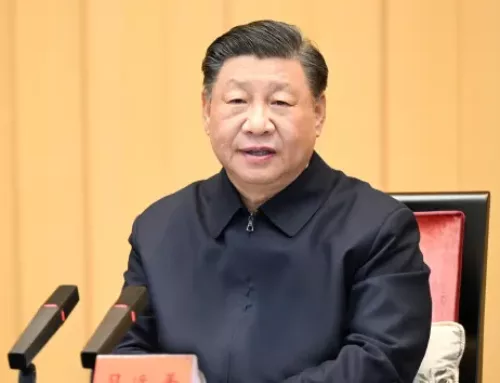Broad Band TV News: Hungary to abolish telecom tax, aiming for digital transformation
Article published: 18 September, 2023
IB Economics syllabus: Macroeconomics (supply-side policy, industrial policies)
Telecom tax abolition in Hungary
The Hungarian government has recently confirmed its intention to abolish the supplementary telecommunications tax by January 2025. Furthermore, the utility tax payment obligation for electronic telecommunication providers is slated to be removed by January 2024. These measures, strategically aimed at supporting the country’s digital transformation, signify a noteworthy shift in the government’s approach to the telecom sector. Consequently, the removal of these taxes could potentially pave the way for increased investments in the telecommunications sector. Moreover, the ensuing tax cuts might also result in reduced costs for consumers, thereby promoting digital inclusivity. However, it is crucial to consider the potential loss of government revenue from these taxes and its subsequent implications on public spending.
IB Economics Internal Assessment (IA) Commentary
For the IA, it would be pertinent to focus on the concept of government intervention and meticulously analyze the potential effects of this policy change on the telecommunications market in Hungary. The removal of the telecom tax can be intrinsically linked to the idea of fostering competition and investment in the sector and, as such, can be categorized as a supply-side policy. More specifically, this can be interpreted as an interventionist supply-side, industrial policy as it is pinpointing a specific sector through tax cuts. The government’s decision can also be scrutinized through the lens of equity, as the tax cuts might render digital services more affordable for a wider segment of the population.
Additionally, this injection of government spending can potentially trigger a multiplier effect and could also amplify investments. This might, therefore, not only have a transient effect on AD but could also have a sustained long-run effect, pushing the LRAS curve to the right if the increased investment by firms augments the potential output of the economy.
As always, it is imperative to ensure your evaluation is comprehensive. While elucidating the potential benefits of the tax abolition, it’s also paramount to contemplate the possible drawbacks, such as diminished government revenue potentially escalating budget deficits and contributing to the accumulation of national debt. Regarding the key concept, one could opt for choice, efficiency, or intervention.
Source of image: Broad Band TV News

Do you need a little boost with IB Economics?
Check out my IB Economics Revision Notes (Study Guide)
Or get personalized help from an examiner: check out private lessons.
Looking for more articles? Click here.
EconDaddy on TikTok!
If you would like to get useful exam tips, accurate definitions, solutions to exam questions, explanations, real-world examples, diagrams and more, stay tuned and hit that follow button!
Cheers!
@econdaddy Welcome to EconDaddy’s TikTok! I’m here to help you with all IB Economics related questions and to make you nail the exams! #econdaddy #ibeconomics #ibeconomicstutor #fyp ♬ Sunny Day - Ted Fresco






